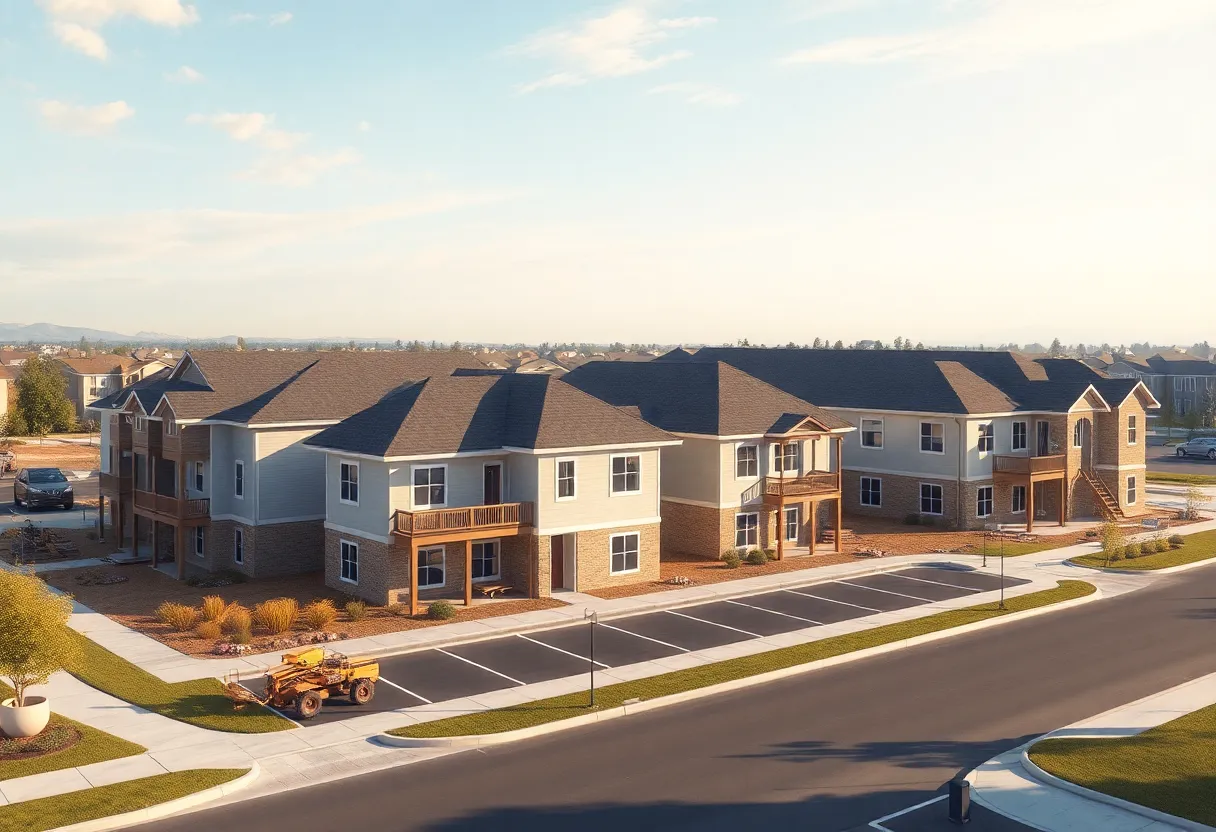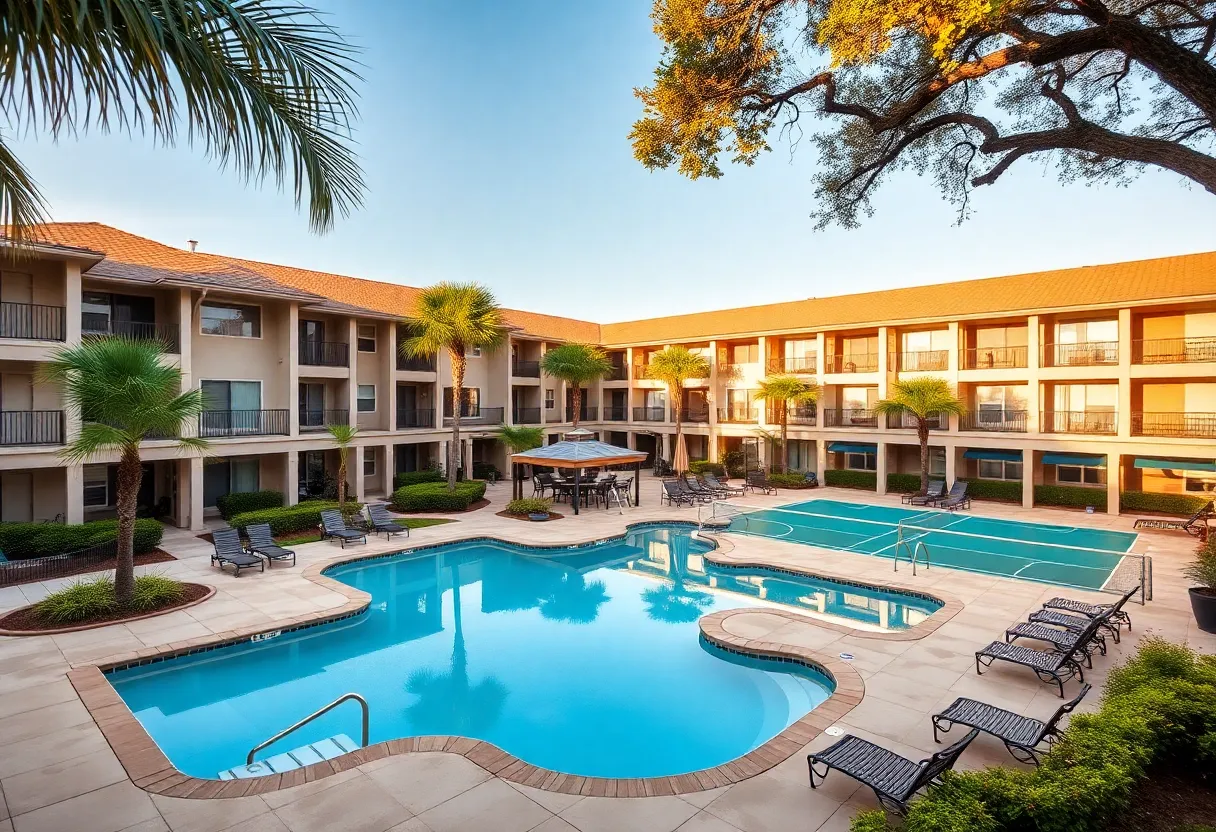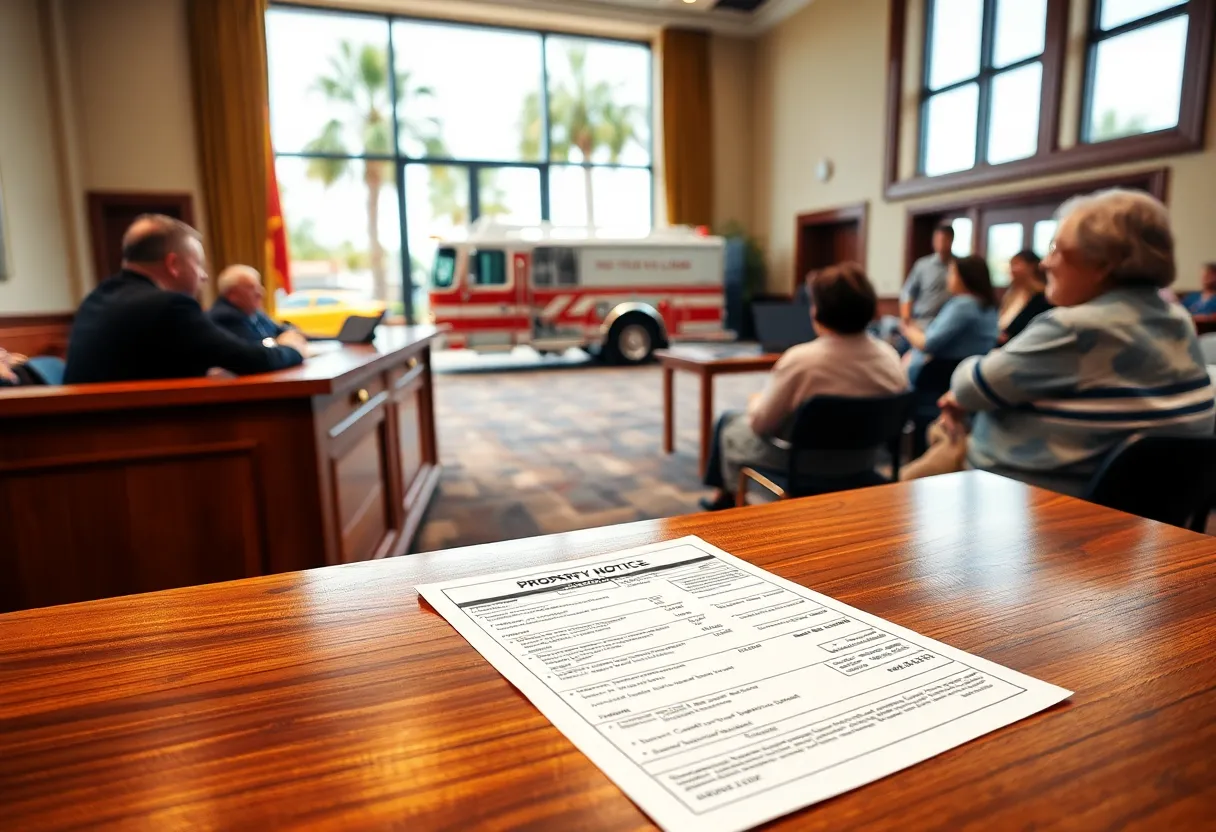Nashville, August 14, 2025
News Summary
The Boring Company has begun construction on a high-speed tunnel project that will connect downtown Nashville to the Nashville International Airport. The excavation started at a state-owned lot, and the project aims to improve transport efficiency for residents and visitors. With a focus on zero emissions, the privately funded venture is set to open its first section by 2027, following thorough geological assessments and community engagement efforts.
The Boring Company Begins Nashville High‑Speed Tunnel Construction Connecting Downtown to the Airport
The Boring Company has started excavation in Nashville for a private, high‑speed tunnel project intended to connect downtown Nashville to the Nashville International Airport. Work began on a state‑owned parking lot located at 637 Rosa L. Parks Blvd. Initial activity included setting up equipment and fences on the site before the lease was approved, a practice officials say is common during early construction steps.
Key parts of the project are currently bound by a rent‑free lease granted by the Tennessee State Building Commission. The lease lasts through 2027 and requires that the parking lot be returned in “the same or a better condition” than it was at the start. The state reserves the right to terminate the lease if progress stalls or delays continue. The site is now surrounded by multiple layers of fencing to restrict public access while work continues.
Visible on the ground is a new digging area roughly the width of four standard parking spaces. The excavation sits close to the state parking lot and is a centerpiece of the initial phase. The company has not publicly shown the proprietary boring machine, known as Prufrock, at this site, though equipment and other machinery are present on site.
The Boring Company has published a draft map of the proposed route for the tunnel, which begins near the Tennessee State Capitol and travels along Rosa L. Parks Boulevard, 8th Avenue S., Music City Center, Lafayette Street, Murfreesboro Pike, and toward the airport. Specific locations for both airport and Capitol stations have not been confirmed, and the Convention Center Authority has not yet voted on a proposed station at Music City Center, though members have expressed general support.
Travel inside the tunnel would involve boarding a Tesla Model X or Y at designated stations, with an expected travel time of under 10 minutes to reach a selected stop. The company also projects a very short boarding time—about 10 seconds—for passengers entering and exiting vehicles. Pricing for the Music City Loop is not yet set, but the company has indicated it will be similar to its Las Vegas Loop, where individual rides have been quoted in a range from about $4 to $12. The project is advertised as privately funded and claimed to produce zero emissions once operational, with no taxpayer dollars required for construction or operation.
Construction of the actual tunnels is expected to begin in the last quarter of 2025, pending the completion of design and permitting processes. Officials anticipate the first section could open by 2027. The system would use twin tunnels running roughly 30 feet underground to avoid existing utility lines, with major stops evaluated along the route. Design choices include measures to keep the tunnels watertight and to manage potential water ingress through elevated stations and high‑power sump pumps.
Safety features are being developed to meet National Fire Protection Association standards, including gas and smoke detection, a fire suppression system, and robust ventilation. The company notes that Nashville’s hard limestone and geological conditions have been considered and that the equipment planned for use can handle such conditions.
On transparency, The Boring Company has committed to holding public meetings and has established a dedicated email for community questions. A letter from Metro Nashville officials to the company contained more than 70 questions about emergency access, profit projections, and environmental studies, with responses not yet disclosed at the time of the latest update. In response, officials say the project has prompted the release of additional information on the company’s website in an effort to address concerns about transparency and planning around the announcement and ongoing work.
Project management and local oversight
The lease agreement gives the state leverage to ensure progress, while the site continues to be monitored for safety and compliance. State officials emphasize that the site work shown on the ground is a standard step in preparing for the broader tunneling effort. The project is described as privately funded, with a focus on minimizing public disruption and avoiding new taxes, though it remains under ongoing review and discussion with state and federal officials before any boring extends beyond its initial site.
Frequently Asked Questions
- What is the purpose of the Nashville tunnel project?
- The project aims to create a high‑speed, private transportation tunnel between downtown Nashville and Nashville International Airport, using electric vehicles to transport passengers quickly between stations along a set route.
- Where did the initial excavation take place?
- Excavation began on a state‑owned parking lot at 637 Rosa L. Parks Blvd, with equipment and fencing installed prior to formal lease approval.
- What is the expected timeline?
- Construction of the tunnels is anticipated to begin in late 2025, with the first section potentially opening in 2027, pending design and permitting processes.
- How will passengers access the system?
- Passengers would board Tesla Model X or Y vehicles at designated stations, with trip times projected at under 10 minutes between stops and a brief boarding time of about 10 seconds per rider.
- What about pricing?
- Pricing has not been finalized, but it is expected to be similar to the Las Vegas Loop, where individual rides fall in a modest range.
- Is the project funded by taxpayers?
- No. The project is described as privately funded with claims of zero emissions during operation and no taxpayer dollars required for construction or operation.
- What safety measures are planned?
- The system is designed to meet NFPA standards, including gas and smoke detection, a fire suppression system, ventilation, and watertight tunnels with strong water management systems.
- What is the status of the route and stations?
- The draft route runs from the Capitol area through Rosa L. Parks Boulevard, 8th Avenue S., Music City Center, Lafayette Street, and Murfreesboro Pike toward the airport, but specific airport and Capitol station locations have not been finalized, and a Music City Center station awaits a formal vote.
- How is transparency being handled?
- The company has stated plans for public meetings and has opened an email for community questions, with ongoing releases of information on its website to address concerns related to planning and announcements.
Key features at a glance
| Feature | Description | Status |
|---|---|---|
| Route | Draft path from Tennessee State Capitol area through Rosa L. Parks Blvd, 8th Ave S., Music City Center, Lafayette St., Murfreesboro Pike to the airport | Draft; stations not yet finalized |
| Construction start | Planned for late 2025 after design and permitting | Pending approvals |
| Tunnel design | Twin tunnels, about 30 feet underground, designed to avoid utilities | Planned |
| Initial site | State parking lot at 637 Rosa L. Parks Blvd used for early excavation | Ongoing |
| Public access | Three layers of fencing around excavation to prevent access | In place |
| Vehicle system | Tesla Model X or Y shuttling passengers between stops | Conceptual readiness |
| Travel time | Under 10 minutes between stops; 10 seconds boarding | Projected |
| Pricing | Not set; expected to resemble Las Vegas Loop range ($4–$12) | Undetermined |
| Funding | Privately funded; no taxpayer dollars required | Declared |
| Safety features | Gas/ smoke detection, fire suppression, ventilation, sump pumps, watertight design | Planned |
Deeper Dive: News & Info About This Topic
Additional Resources
- Fox17 News
- Wikipedia: Nashville
- Tennessean
- Google Search: Boring Company Nashville
- News Channel 5
- Google Scholar: Nashville high-speed tunnel
- Nashville Post
- Encyclopedia Britannica: Nashville
- WKRN News
- Google News: Nashville tunnel construction





